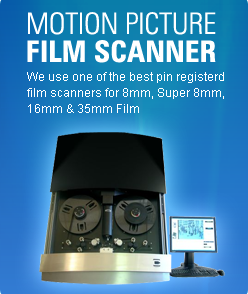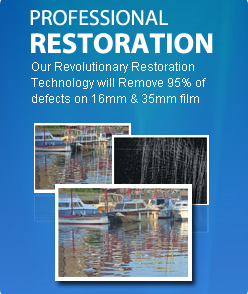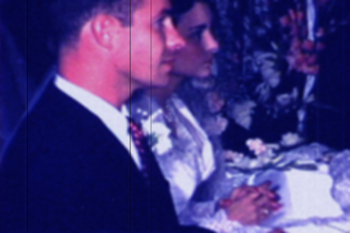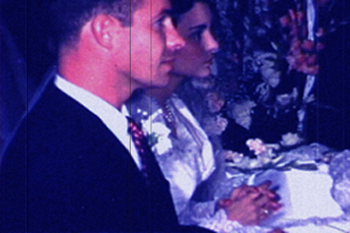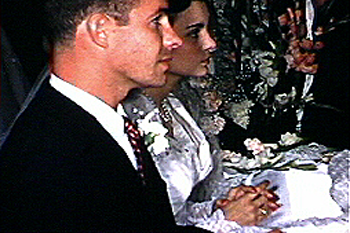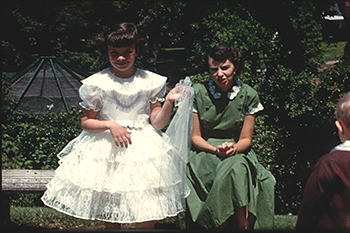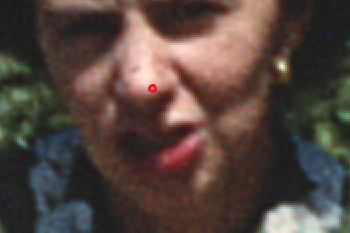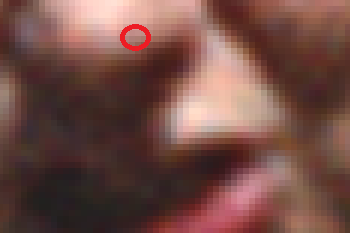
The first table shows how the same film looks using our 4 different processes. You can see that the difference can be significant for our Kearney customers.
The second table presents a case for scanning 8mm and Super 8 film at 2K resolution. In the past year we have done 20 comparisons. Contrary to popular belief, we do see a noticeable difference in quality between our Pro HD and Pro 2K process on 8mm and Super 8 film.
8mm And Super 8 Film Kearney |
|
SD Scan
|
|
Pro HD Scan
|
|
Pro 2K Scan
|
|
Pro 4K Scan
|
|
Film Resolution |
|
Resolution of Film |
|
Film Grain
|
|
Film Grain vs Digital Pixel
|
|
So, for example, if you are looking for the best quality DVD, scan your 8mm or Super 8 at HD. If you are looking to go to BluRay then scan your 8mm or Super 8 at 2K.
Kearney Fun Facts: The city is home to some 27,431 residents. Kearney, Nebraska, in Buffalo county, is 126 miles W of Lincoln, Nebraska and 168 miles W of Omaha, Nebraska. The city is home to some 27,431 residents. Kearney, Nebraska, in Buffalo county, is 126 miles W of Lincoln, Nebraska and 168 miles W of Omaha, Nebraska.
Nebraska Fun Facts: Nebraska, which was admitted to the union as the 37th state on March 1, 1867, two years after the end of the American Civil War, contains some of the nation’s best ranchland and farmland. Prior to its statehood, the Nebraska Territory had been sparsely settled but saw growth during the California Gold Rush in 1848, with a larger wave of settlers arriving as homesteaders in the 1860s. Although the territorial capital of Nebraska was Omaha, when it achieved statehood the seat of government was moved to Lancaster, which was later renamed Lincoln after President Abraham Lincoln, who had recently been assassinated. Nebraska is bounded by South Dakota to the north, Colorado to the South, Wyoming to the West and Iowa and Missouri to the East.
